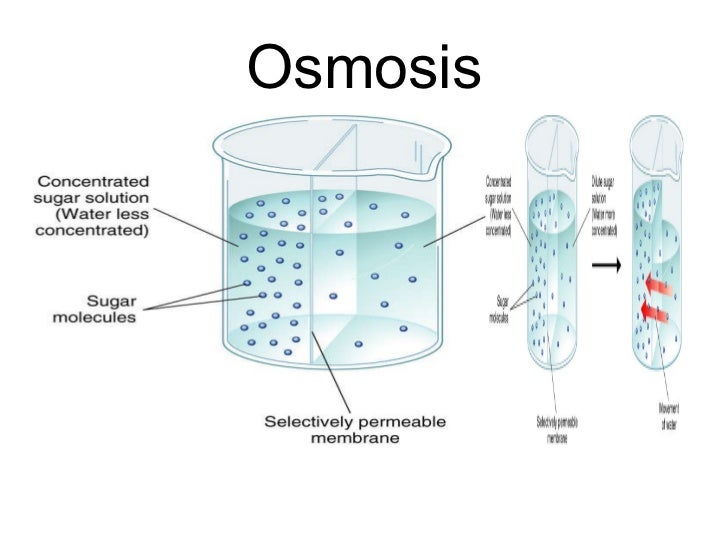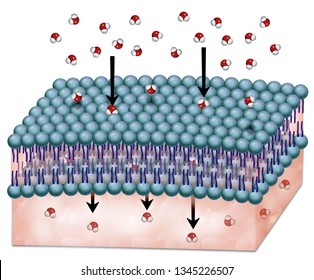

Net diffusion Net diffusion Equilibrium (b) Diffusion of two solutes 10ġ1 Substances diffuse down their concentration gradient, the region along which the density of a chemical substance increases or decreases No work must be done to move substances down the concentration gradient The diffusion of a substance across a biological membrane is passive transport because no energy is expended by the cell to make it happen © 2011 Pearson Education, Inc. Net diffusion Net diffusion Equilibrium (a) Diffusion of one solute 9įigure 7.13b Net diffusion Net diffusion Equilibrium Figure 7.13 The diffusion of solutes across a synthetic membrane. Net diffusion Net diffusion Equilibrium Net diffusion Net diffusion Equilibrium (b) Diffusion of two solutes 8įigure 7.13a Molecules of dye Membrane (cross section) WATER Figure 7.13 The diffusion of solutes across a synthetic membrane.

Other transport proteins, called carrier proteins, bind to molecules and change shape to shuttle them across the membrane A transport protein is specific for the substance it moves © 2011 Pearson Education, Inc.ħ Passive transport is diffusion of a substance across a membrane with no energy investmentĭiffusion is tendency for molecules to spread out evenly into the available space Although each molecule moves randomly, diffusion of a population of molecules may be directional At dynamic equilibrium, as many molecules cross the membrane in one direction as in the other © 2011 Pearson Education, Inc.įigure 7.13 Molecules of dye Membrane (cross section) WATER Net diffusion Net diffusion Equilibrium (a) Diffusion of one solute Figure 7.13 The diffusion of solutes across a synthetic membrane. Hydrophobic (nonpolar) molecules, such as hydrocarbons, can dissolve in the lipid bilayer and pass through the membrane rapidly Polar molecules, such as sugars, do not cross the membrane easily © 2011 Pearson Education, Inc.ĥ Transport Proteins Transport proteins allow passage of hydrophilic substances across the membrane Some transport proteins, called channel proteins, have a hydrophilic channel that certain molecules or ions can use as a tunnel Channel proteins called aquaporins facilitate the passage of water © 2011 Pearson Education, Inc.Ħ A transport protein is specific for the substance it moves Plasma membrane: Cytoplasmic face Transmembrane glycoprotein Extracellular face Secreted protein Membrane glycolipid 2ģ Concept 7.2: Membrane structure results in selective permeabilityĪ cell must exchange materials with its surroundings, a process controlled by the plasma membrane Plasma membranes are selectively permeable, regulating the cell’s molecular traffic © 2011 Pearson Education, Inc.

Membranes have distinct inside and outside faces The asymmetrical distribution of proteins, lipids, and associated carbohydrates in the plasma membrane is determined when the membrane is built by the ER and Golgi apparatus © 2011 Pearson Education, Inc.įigure 7.12 Secretory protein Transmembrane glycoproteins Golgi apparatus Vesicle ER ER lumen Glycolipid Figure 7.12 Synthesis of membrane components and their orientation in the membrane. Presentation on theme: "Synthesis and Sidedness of Membranes"- Presentation transcript:


 0 kommentar(er)
0 kommentar(er)
